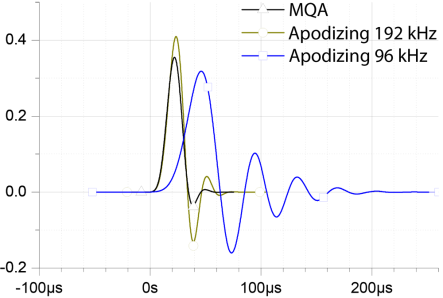Tags
analogue, budget, dynamic range, dynamics, live music, MQA, smbiance, sound stage, stereo imaging, value, vinyl

I am an audiophile. I have been one for a very long time, but let us not go there. What does mean to be an audiophile? I will tell you what it means to me. I love music and I enjoy listening to music, not as background music, but as an art form in which I am emotionally involved. I want to hear something equivalent to a live performance in the comfort of my home. I want to be able to close my eyes, suspend disbelief, and be transported to the hall, venue, or studio in which the music was recorded.
I use certain types of music and recordings to test whether or not an audio system can help me fulfill that desire. That means I will probable listen to the likes of Diana Krall, Norah Jones, Miles Davis, Leonard Bernstein, Mercury Living Presence recording, etc. Does that make me a audiophile snob? No, I like all types of music. But I figure that an audio system which can reproduce this type of recorded sound well will be able to handle anything else as well.
But, for me, being an audiophile is about more than just the music. I love the beauty and design of audio components, particularly the ones that reproduce music well. I enjoy tinkering with the playback to improve the sound. I enjoy mixing and matches components to achieve the best synergy for good sound. I enjoy discovering great components that offer some price value over competing components. I enjoy engaging with friends in making these comparisons. We enjoy being blown away by some breakthrough in sound. Are we really hearing the differences or are we just fooling ourselves? What do you think? We do not wish to be supporting fantasies with our hard earned money.
As audiophiles we are used to hearing objections that our hobby is too expensive. If one buys a muscle car and then soup up the engines would anyone say that he or she is throwing money away? No, people will say: “Cool.” I might not buy such a car, they may think, but to each his own. That is their hobby.
What is wrong with the audiophile hobby. Perhaps the biggest complaint is that we say we hear differences whey others say that is not possible because they don’t hear these differences. The human mind has a lot to do with hearing. If people do not want to hear something, chances are they won’t. Perhaps they do not want to take the time to seriously listen. Or perhaps some technical paper has convinced them that they should not hear any difference. “Bit are bits.”
This leads us to musical sources. I do not prefer one musical source over another. I like the ease of streaming music. Do I enjoying tasing records out of a jacket and cleaning them and carefully putting them on an expensive turntable just for the sake of doing it? No. Do I enjoy records for their nostalgia value? No. Do I enjoy reading he record jacket info? Yes, at least once or twice. I buy vinyl for the sound quality.
But everyone knows that digital is better than analogue. It does have its advantages. But does it sound better than vinyl? It may. Bad vinyl is bad vinyl, but bad digital is bad digital. We need quality recordings to make comparisons.
The inherent ptoblem with digital is that our ears actually hear analogue, not digital. When analogue is converted into to digital and then back again, errors can creep in. That is why people will spend money of very expensive DAC’s. That is why MQA often does sound better than non-MQA. That is why high resolution digital, in many cases, does sound better than lower resolution CD’s and files.
Thankfully, digital has evolved. It can be quite good, even approaching the best analogue playback. But the best sounding digital is quite expensive. Good vinyl can sound very good indeed on a mere modestly priced turntable and tonearm. To be sure, the best sounding vinyl also requires an expensive. In my opinion, the top of the line in recorded sound, outside of playing master tapes that were not recorded digitally, is finely recorded and cut vinyl records on high end turntables, tonearms, and phono cartridges. Each one of the three can cost four and five figures. (More on the quality of recorded sound to come.)
You hear critiques say that audiophiles are spending money on snake oil such as audio and speaker cable, for example. The truth of the matter is that everything in the audio chain can affect the sound. Should anyone pay some of the outrageous prices of some of these cables? Companies charge what the market will bear. There are those who are willing to pay these sort of prices to get the best sound. I am not. I cannot afford it, and even if I could I would not pay it. For me, there are other much more important things in life. Nonetheless, I am not criticizing those who do. It is there business. The quality of sound is important to them and they will spare no expense. Will they actually hear differences? Yes.
Our goal at the Audiogram II is to identify reasonably priced audio equipment which can approach the sound of the best audio equipment. Fortunately, the price of great audio in this day and age has been substantaly reduced. There are many breakthrough products that are reproducing sound that would be unheard of in years past. Yes, years ago we had DYNACO. But today we have the likes of Schiit. No, not everything has turned to Schiit, but a lot has.
A new development has occurred in the criticism of audiophiles. Certain audio reviewers are careful to say that they are not audiophiles. This is particularly true of some online reviewers. They say that they do not listen to “snobby” audio recordings. They do not like the sound of vinyl. They explain away the growth in vinyl recordings to nostalgia. Most of the growth is coming from younger people. Are millennials into nostalgia? I non’t think so. They want go sound at a good price.
Why do such reviewers seem to go out of their way to differentiate themselves from the traditional audiophile? Well, they may be trying to attract new subscribers who are not audiophiles. They might be suggesting that they are cooler and hipper than others. Or who knows. They seem to fail to understand that a trusted frame of reference is needed when comparing audio components. Two dimensionally amplified performances recorded properly compressed in two dimensional format may not be the best choice for comparison. I do not mean to criticize anyone’s choice music.
Ambiance, stereo imaging, sound stage, dynamics, etc. are valued by many audiophiles because they help convey the sound of live music. These criteria will not be heard on any audio system if they are not on the recording. If quality home audio is about reproducing some of the essence of live music, then the choice of recording becomes paramount.
There is one other element, for me, about being an audiophile. I do collect vinyl records, especially ones recorded before 1980 because they were all analogue recordings, often recorded with tube electronics. I do collect some reissued recordings if they were made from the original or near original master tapes. I collect them because I believe they are a treasure in musical performance and sound quality. I do not collect them to trade or resell. For me, components are tradable, not records. I have some very old recordings that are now priceless. I just lucked into buying them new and would not want to part with them for some monetary gain. I handle them with care, not because they are expensive or rate, but because their recorded performances havestood the test of time.
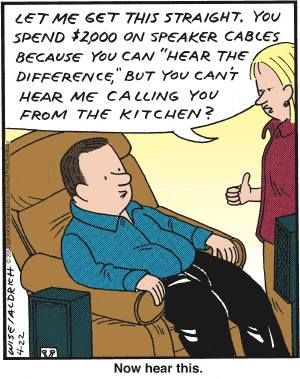

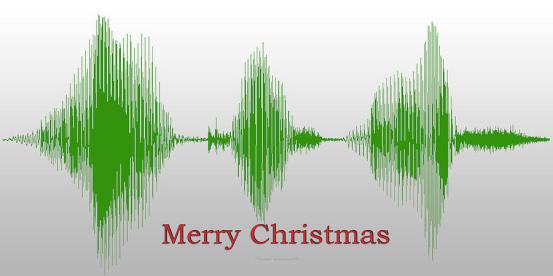




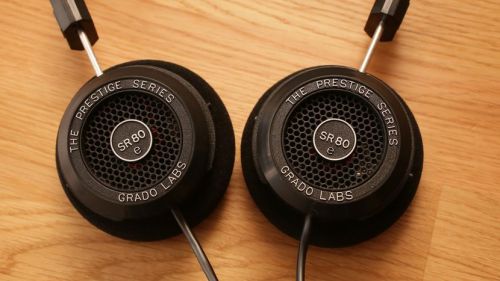






 The Jitterbug can really clean up the sound even further and is a quite audible improvement to my ears. It works with both one’s computer or also a mobile device such as a smart phone.
The Jitterbug can really clean up the sound even further and is a quite audible improvement to my ears. It works with both one’s computer or also a mobile device such as a smart phone.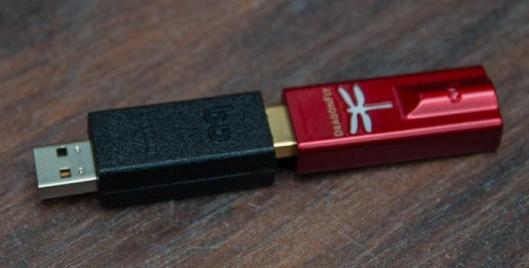

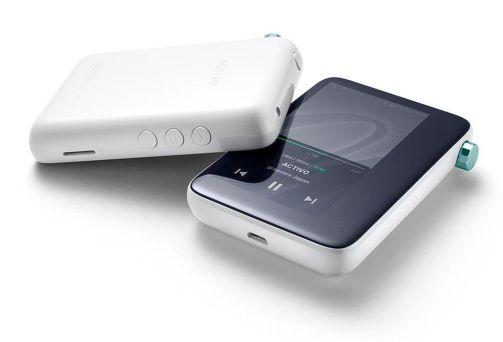 I have not auditioned this little player but Forbes wrote a very favorable
I have not auditioned this little player but Forbes wrote a very favorable 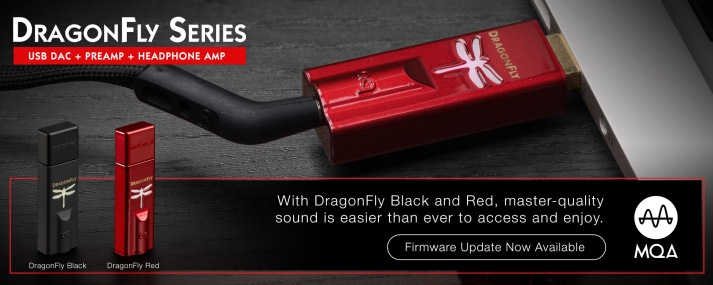 How do the Dynamic Duo (DragonFly Red and Audirvana Plus) handle MQA files? Very well! But first we need to clear away some of the rumble, wow, and flutter surrounding MQA. There seems to be a lot of spin, misinformation, and even disinformation. Is journalism dying? Let ua begin with the category of just plain stupid. One engineer said that he could not measure any improvements with MQA so there must not be any. Where have we heard this before. This hearkens back to the days of Stereo Review when Julian Hirsch reported that there were no sonic differences between quality amplifiers Luckily Gordon Holt came to the rescue and Stereophile became a trusted source of audio journalism.
How do the Dynamic Duo (DragonFly Red and Audirvana Plus) handle MQA files? Very well! But first we need to clear away some of the rumble, wow, and flutter surrounding MQA. There seems to be a lot of spin, misinformation, and even disinformation. Is journalism dying? Let ua begin with the category of just plain stupid. One engineer said that he could not measure any improvements with MQA so there must not be any. Where have we heard this before. This hearkens back to the days of Stereo Review when Julian Hirsch reported that there were no sonic differences between quality amplifiers Luckily Gordon Holt came to the rescue and Stereophile became a trusted source of audio journalism.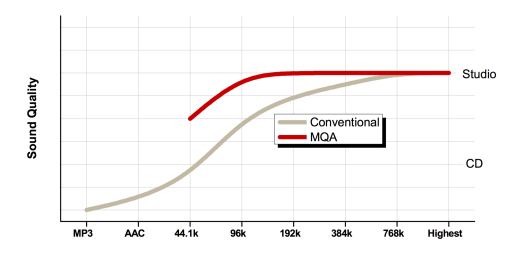
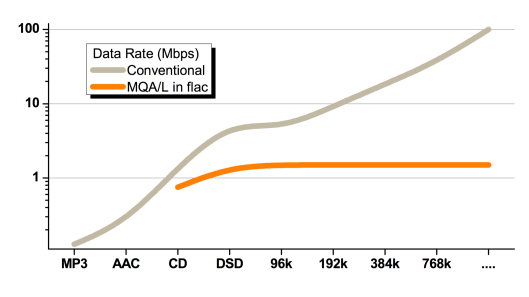


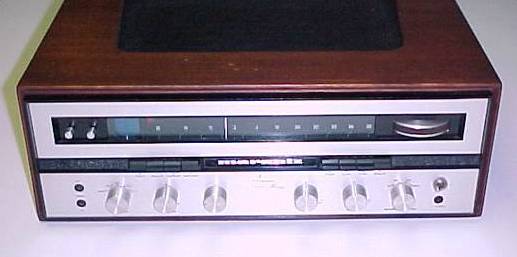



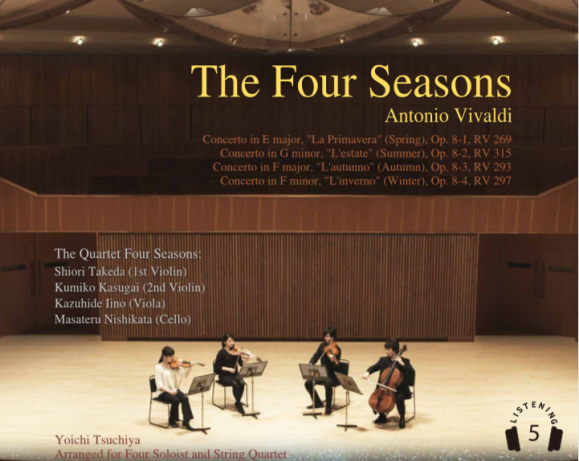



 Now it is time to let you in on a little secret. I may not be new to you but it has been to me. The quality of the mastering is still of overriding importance. There is more to a good album than just the final sampling rate. The key is to find something that is 1) Directly recorded to DSD, 2) Edited in DSD as opposed to PCM, 3) and output as DSD. Higher than standard DSD is preferable, but if these 3 requirements are not satisfied, then Quad DSD files are probably not going to sound any better that standard DVD files, if as well.
Now it is time to let you in on a little secret. I may not be new to you but it has been to me. The quality of the mastering is still of overriding importance. There is more to a good album than just the final sampling rate. The key is to find something that is 1) Directly recorded to DSD, 2) Edited in DSD as opposed to PCM, 3) and output as DSD. Higher than standard DSD is preferable, but if these 3 requirements are not satisfied, then Quad DSD files are probably not going to sound any better that standard DVD files, if as well.
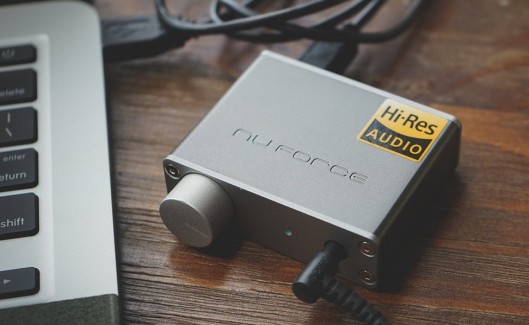
 Something big is about to happen. It just may be happening. It is so big that the powers that be are working overtime with their disinformation campaign. What is at stake in the future of reproduced music, both in the home and on the go.
Something big is about to happen. It just may be happening. It is so big that the powers that be are working overtime with their disinformation campaign. What is at stake in the future of reproduced music, both in the home and on the go. The problem with Mr. Stuart is that he thinks out of the box. This is the very thing that can cause a paradigm shift, because a paradigm is the box.
The problem with Mr. Stuart is that he thinks out of the box. This is the very thing that can cause a paradigm shift, because a paradigm is the box.

